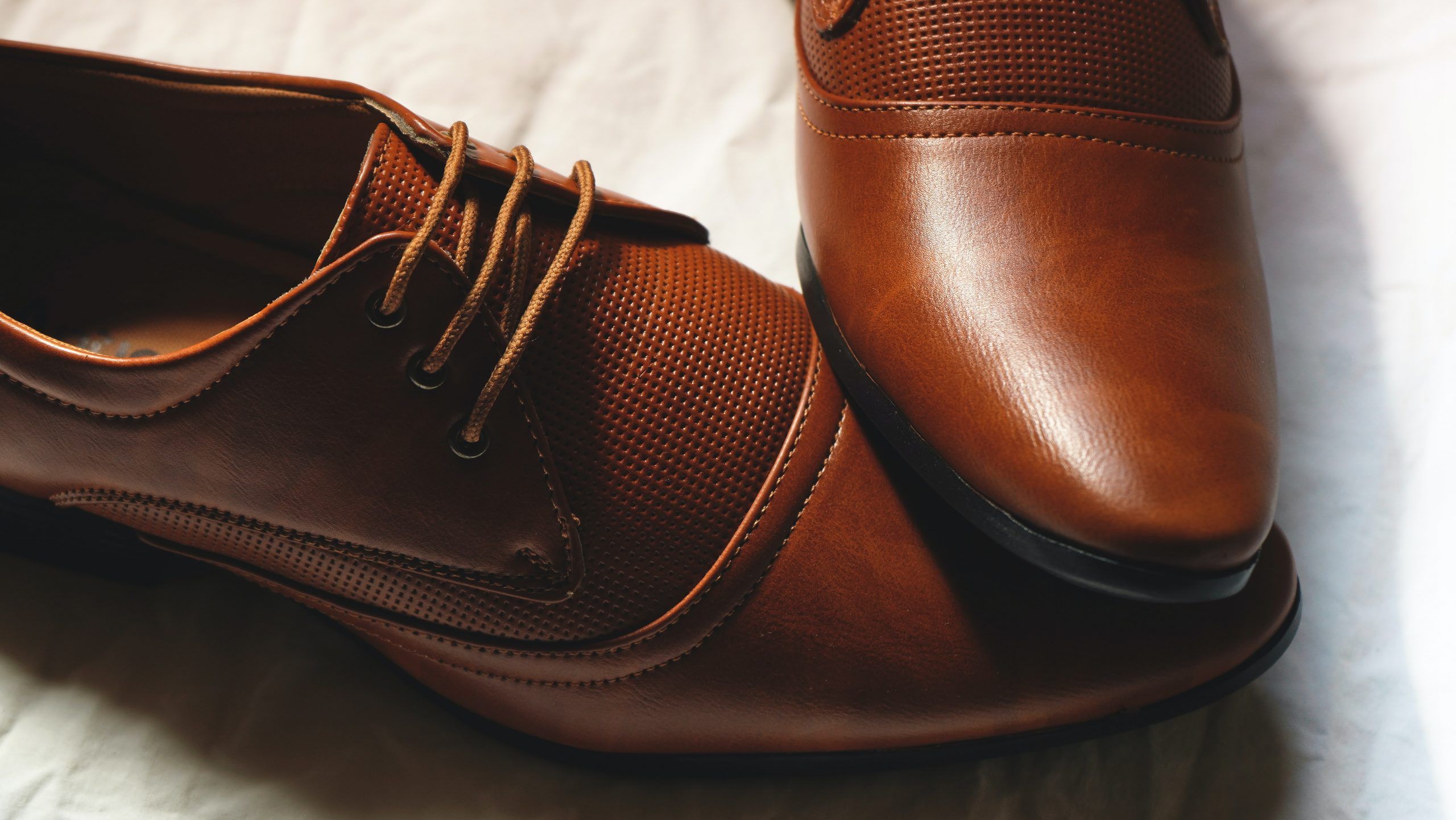Thanks to 3D technology, shoes could soon be made to your exact size and look.
From waste reduction to comfort and personalization, new technologies are enabling the fashion and footwear industries to reinvent themselves to offer shoppers personalized experiences in line with their needs and expectations. Maison Felger goes even further in the experience by combining French craftsmanship with 3D technology to create shoes adapted to the physical characteristics, lifestyles and walking habits of customers.
How many times have you fallen in love with a pair of shoes without knowing if they will be the right choice for your daily routine? Besides generating frustration, what’s worse than a crush that doesn’t come to anything? — this is a situation that can also create unnecessary waste. And if the opportunity is now a way to overcome this type of defect, it is not a panacea. This is why Maison Felger, a French luxury brand whose manufacturing workshop is located in Brittany, has chosen to invest in new technologies to offer shoes that are perfectly suited to the feet of its customers.
On its website, the luxury brand explains that Maison Felger was born when its founders Maria and Cyril Karunagaran realized that finding the right shoes is more difficult than you think. Today, many people buy a pair of shoes based solely on how comfortable they feel when trying them on for a few minutes. In other words, they are unable to ensure that the shoes in question really fit the bill.
From measurements to final adjustments
The concept is simple. It involves using 3D technology to create made-to-measure shoes, not only adapted to the morphology of each customer’s feet, but also to their perception of comfort, their lifestyle and their walking habits. The objective is to design shoes that last over time, without any constraints. This is made possible through the use of a 3D scanner. In five steps, the luxury brand manages to create a kind of ideal pair of shoes, thought out and designed for its future buyer, without renouncing the French craftsmanship that also makes the reputation of the brand.
During the first meeting, the client passes in front of a 3D scanner to take precise measurements of each foot, which are then sent to the manufacturing workshop in Brittany for the creation of a first custom shape made by 3D printing. Then, the Maison Felger experts take the time to gather information on the lifestyle and walking habits of the wearer, their tastes and the specificities of their feet, in order to offer a pair of shoes that comes closest to its needs. Then comes the time for the final adjustments, made via a test prototype, and the choice of model, color, material or even patterns, before the shoes leave for a few weeks to be made and finished. And that’s all!
For the moment, and because it is a luxury house that relies on French craftsmanship, this operation has a cost that is not accessible to everyone, with the first models available. from €1,650. But the use of this type of technology could become widespread in the months and years to come, making it possible to experiment with personalization at a lower cost.
3D printing for sustainable solutions
While Maison Felger uses 3D technology to offer a tailor-made experience to its customers, its business model also aims to fight against overproduction and waste. More and more brands are turning to 3D printing, for example to design models on demand, while reducing water and energy consumption, and even to offer fully recyclable shoes. In the fall of 2021, Heron Preston innovated with its 3D printed shoes, in partnership with Zellerfeld. It was a beta launch that already promised the infinite recycling of each pair of shoes.
But it is the American company Hilos which seems to have made the most progress in the field, offering no less than four models made using 3D printing. Not content with reducing its environmental footprint, the brand also benefits from the fact that 3D printing allows tailor-made sizing.
Alternatively, the British brand Pip & Henry recently received funding to develop the first stretch shoe that grows with children’s feet, again with the aim of reducing waste, which is particularly polluting for the planet. Whatever their purpose or use, new technologies have well and truly begun to revolutionize our wardrobes, resulting in a more sustainable and personalized approach to fashion.
Featured Hero and Image Credit: Photo by Ayrus Hill on Unsplash
This article was published via AFP Relaxnews

